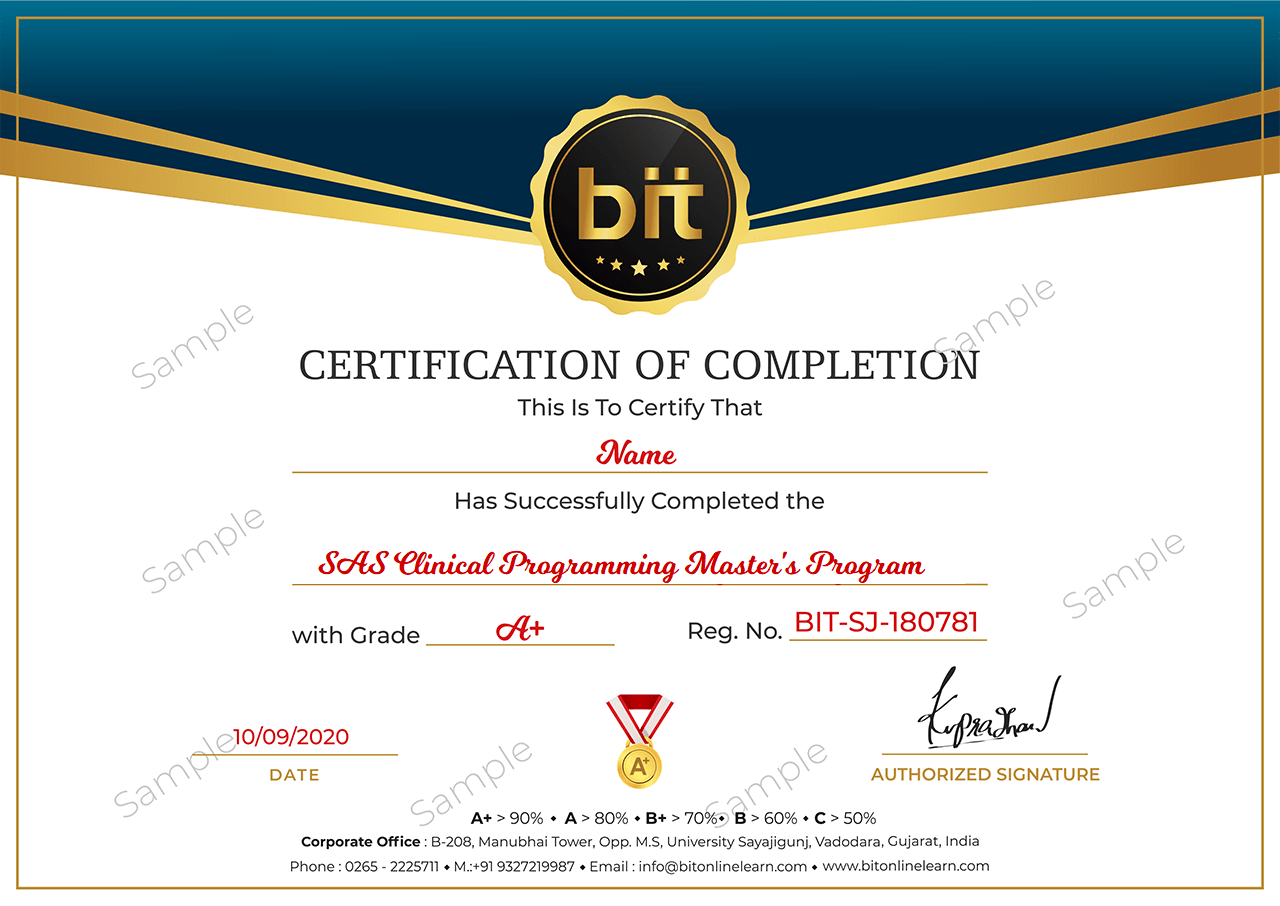· Lecture-1 SAS Programs
· Introduction to SAS programs
· Submitting a SAS program
· Working with SAS program syntax
· Lecture-2 Create temporary and permanent SAS data sets.
· Use a DATA step to create a SAS data set from an existing SAS data set.
· Example:
· Data Mylib.NewData;
· Set Mylib.OldData;
· <other SAS statements>
· Run;
· Lecture-3 Investigate SAS data libraries using base SAS utility procedures.
· Use a LIBNAME statement to assign a library reference name to a SAS library.
· Investigate a library programmatically using the CONTENTS procedure.
· Lecture-4 Combine SAS data sets.
· Concatenate data sets.
· Merge data sets one-to-one.
· Merge data sets one-to-many.
· Lecture-5 Access an Excel workbook.
· Use the SAS/ACCESS XLSX engine to read an .xlsx file.
· Lecture-6 Create and manipulate SAS date values.
· Explain how SAS stores date and time values.
· Use SAS date and time formats to specify how the values are displayed.
· Lecture-7 Export data to create standard and comma-delimited raw data files.
· Create a simple raw data file by using the EXPORT procedure as an alternative to the DATA step.
· Lecture-8 Control which observations and variables in a SAS data set are processed and output.
· Use the WHERE statement in the DATA step to select observations to be processed.
· Subset variables to be output by using the DROP and KEEP statements.
· Use the DROP= and KEEP= data set options to specify columns to be processed and/or output.









